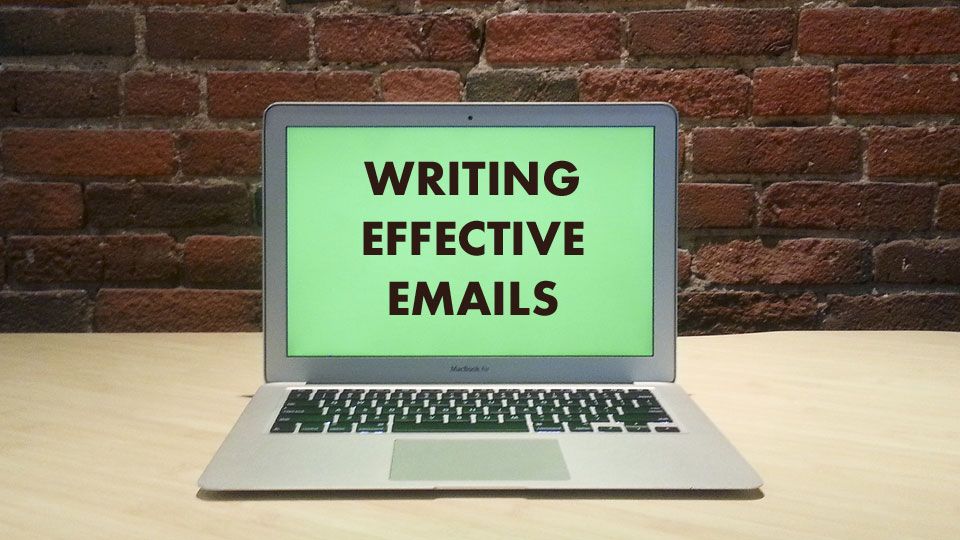
I love and hate emails. I think they are an easy and effective mean of communication, but the same time it is often abused or mis-used by people.
If you ever asked yourself these questions:
- Should emails be short or long?
- Does it matter if there is a typo in the email?
- Are bullet points in emails useful?
- Who should I put in the To field?
- Should I CC the boss (mine or the other person’s)?
- Is it better an email or a phone call?
What is your goal?
When you write you need to have clear in mind what your goal is.
There are usually some reasons why you write an email:
- You need some information
- You need a person to do something
- You are giving information
- You are following up to something
In any of these cases you need the other person to acknowledge the content of the email. So you want the other person to reply to you and confirm one of the following:
- They have received the email
- They have understood what you are asking
- They will do what you ask them to do
- They will give you the information you requested
That is also why it is a good practice to confirm that you have received an email if it is directed to you
Emails are cold. When I say cold I mean that the person who will receive it will not be able to understand the “tone of voice” of the email nor they will be able to see you body language.
Therefore you have to try to put in the email all the information that the other person will need to understand the words and the non-written information.
In business writing, less words are better than many words. When you proofread your email you can delete the words that are not needed. However the meaning has to be 100% clear, because reducing the words thus reducing the information it’s not good.
There are many things you can do to make your emails more readable:
- Put the keywords in bold
- Proofread to eliminate typos
- Use bullet points
- Use short sentences
- Use paragraphs
Proofread twice: one for content readability the second for spelling check
When I write email I usually address it to only one person so that it is clear who is directed to. If you send it to more people in the To: and you don’t specify who has to do what in the email body, you may confuse people as they will not understand who has to do what. If you need more then one person to take action you need to mention the person followed by the request. It is now acceptable in email to write something like: @john, please send the documents to mr. Smith by EOD Tuesday 21st.
To decide if a phone call is better than an email you can follow these simple rules:
- Is it the first time you ask for something or is it a new activity –> Better a phone call followed by an email
- You need something urgently? –> Phone call, perhaps followed by email
- Is it a formal communication that needs to be traced? Email
- You need more people to be informed at the same time –> Email or conference call
The corporate culture can affect the rules for writing emails, some companies are trying to limit the use of email, however I am convinced that they should focus more on teaching and training their personnel on how to use the email correctly rather than trying to stop the use of emails.
Emails are a cold medium of communication, that is why you need to make an effort to make it clear, comprehensive and warm
